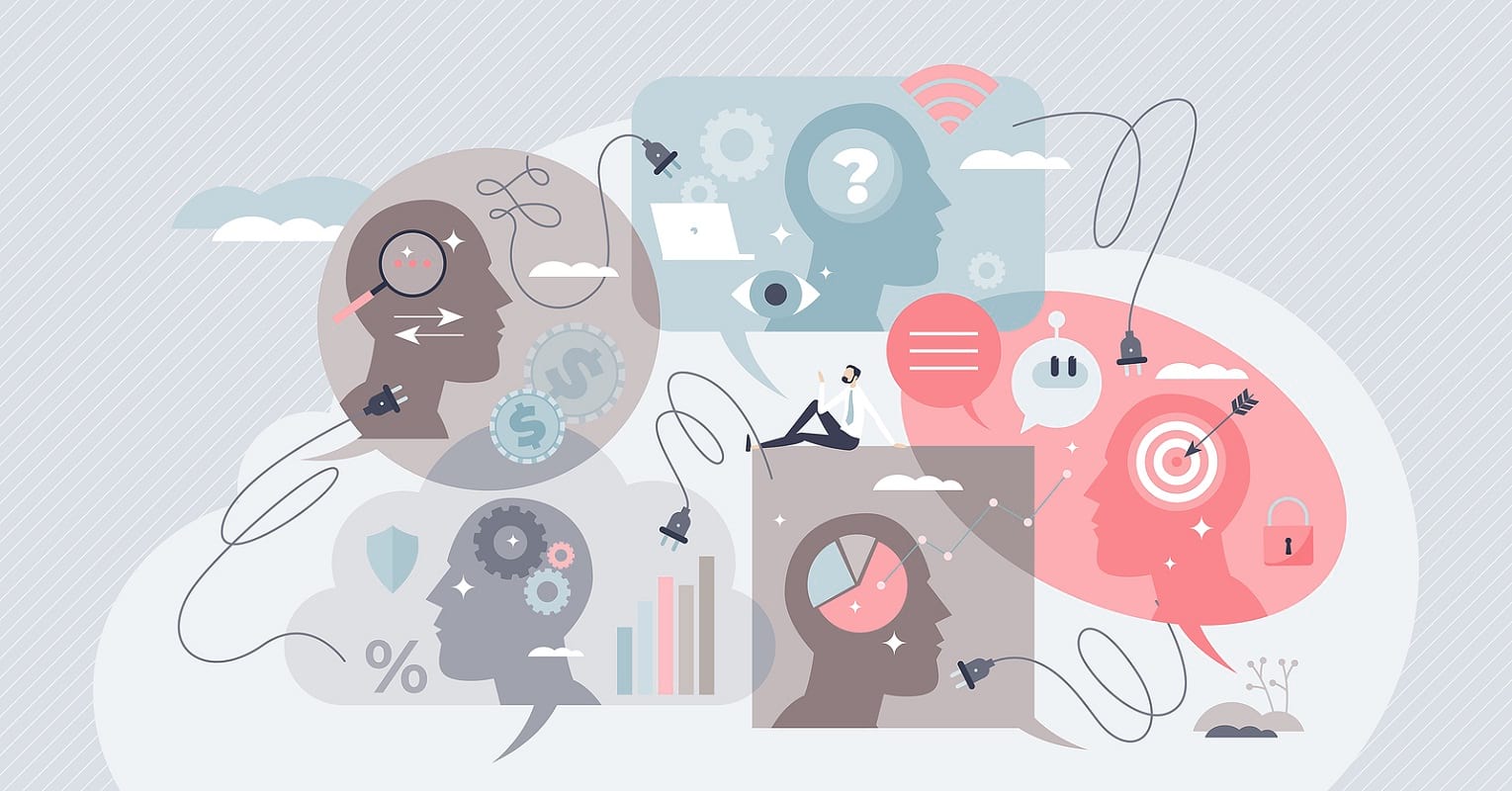Challenges of Using AI in Recruiting and How to Work Around Them

According to some research, 84% of business leaders anticipate that artificial intelligence (AI) in recruitment will help make companies more competitive when it comes to hiring.
However, even though these leaders think that AI is the way of the future, many people are still concerned about AI’s challenges.
While these concerns are essential, there are ways to address them. Keep reading to discover the challenges of AI in recruiting and how to manage them.
Be Careful to Mitigate Bias
AI in recruiting is a meaningful way to mitigate bias, but if you’re not careful, you could end up putting partial data into the AI-powered tools. That’s because AI recognizes patterns and analyzes natural language processing. You’ll need to feed in unbiased and clean data because it will just learn from the database. For example, if you recently hired a specific set of candidates influenced by biased decisions, and you feed that data into your tool, it will also make biased decisions.
For example, this happened with Amazon’s AI recruitment system. The recruiting team found that eventually, the tool was biased against women because the data they had put into the tool also had patterns of unconscious biases. The algorithm can only work with the data that you feed it.
This makes it even more critical to ensure that if you’re using an AI recruitment tool, you feed clean data into it. If you can put clean data into your recruitment tool, you will have the means to assess candidates fairly and achieve unbiased results and hires.
Understanding Candidates
Sometimes an AI algorithm can have problems understanding candidates as well. For example, suppose they’re reading a resume or analyzing candidates in a video. In that case, the system may not pick up on something because a candidate phrased it differently or have a different communication style.
This can make it challenging to use AI in chatbots. If the AI can’t understand what the candidate is saying, the candidate could get frustrated and give up on the recruitment process. To mitigate this, you should try and give candidates options to select different buttons so that the AI chatbot will know what the candidate wants. Candidates who have specific requests should be connected with a human recruiter.
Doesn’t Have a Gut Instinct
AI also doesn’t have the gut instinct that humans do. Companies should never try to replace their human recruiters with AI software. Instead, AI software is meant to aid recruiters and be a tool they can use.
To effectively use AI, you need to ensure that it’s only used as an aiding tool, not a replacement for human decision-making.
It needs a Lot of Good Data
As we mentioned earlier, having clean data is essential for ensuring that you have unbiased results. But, AI needs a lot of data to run. It can take a lot of time to collect all that data. Once you have the data, you’ll also need to teach the algorithm how to act.
However, remember that even when you collect all the data, things can change very quickly. Because of that, you’ll want to ensure that you’re also updating the technology. For example, if you’re using AI to create job descriptions, you’ll want to stay on top of trends in the job description language and update that data for your AI tool.
Need to Consider Ethical Implications
When you’re working with AI software, you must also consider ethics. You may not have to consider it as much with human recruiters, but does your algorithm have ethics programmed into it? Is it using ethical data?
It would be best if you considered all of the implications that using AI in your software could have. Hiring doesn’t just affect the qualified candidates you hire, but it also affects hiring managers, HR professionals, and every employee currently at your company.
You’ll also want to ensure that you follow all the rules in your state and country. As AI becomes more popular, the government will try to make legislation that limits how much it can be used and what it can be used for.
However, to ensure that you’re still following ethical hiring practices, ensure that a human is involved in each critical step of the talent acquisition process. You can let AI tools automate time-consuming tasks that aren’t as important while you use human intelligence to make final hiring decisions and any judgment calls.
Limitations
As with any tool, there are some limitations as to what it can do. When shopping around for the perfect software, consider everything you need and understand what would make your recruiting process more efficient. However, you must also ask if it will improve your candidate experience.
Whenever you choose software, make sure that you’re okay with whatever limitations it has. If you’re not, try shopping around for a different tool that might offer more solutions. For example, if you want software that can source job seekers and reach out to them, you can check out Recruiter.com’s AI recruitment software that combines both into one platform. You don’t have to worry about managing two different platforms.
Overcome These AI Recruiting Challenges
These are only a few of the most common AI recruiting challenges, but when you do your due diligence and create an efficient hiring process, you can overcome most of them. And in most cases, AI recruiting will give you more benefits than not.
Contact us today if you’re interested in working with AI-powered recruiting software! Recruiter.com is skilled in using and implementing AI software, and we know how to overcome these challenges to benefit your company.
Get the top recruiting news and insights delivered to your inbox every week. Sign up for the Recruiter Today newsletter.
